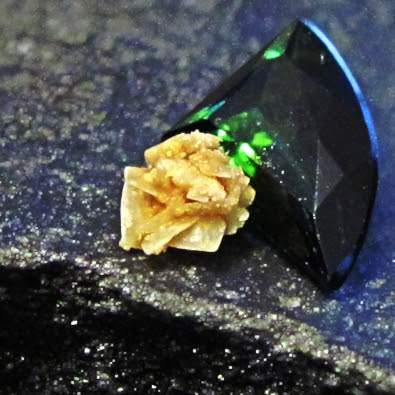
11 Aug NEJM Study Suggests If Having Kidney Stone Surgery, Treat All the Stones
MedicalResearch.com Interview with:

Dr. Bailey
Michael Bailey Ph.D.
Senior Principal Engineer, Applied Physics Laboratory
Associate Professor. Mechanical Engineering
Adjunct Associate Professor Urology
MedicalResearch.com: What is the background for this study?
Response: Small (< 6 mm) kidney stones are common and often are asymptomatic. Do you do surgery or wait for them to cause a problem? Or specifically here if you are getting surgery already for other stones that are causing a problem do you take the time and possibly extra risk of cleaning out the small stone in the kidney or in the other kidney?
MedicalResearch.com: What are the main findings?
Response: We found it only added 25 minutes to surgery and people returning to the emergency department after surgery was the same if they took out the small stones during surgery or not. So there was little downside. The upside was your chance of having these stones grow and causing you to come back to the emergency department or for surgery was reduced 82% in 4 years. So after 4 years 63% of the untreated stones caused relapse and only 16% in the ones that had surgery. 7 of 38 surgeries to remove the small stones left residual fragments and 6 of the 7 (the full 16% above) with fragments had relapse.
MedicalResearch.com: What should readers take away from your report?
Response: When getting stone surgery, treat all stones.
MedicalResearch.com: What recommendations do you have for future research as a results of this study?
Response: We are working on noninvasive ultrasound therapy to break stones while you are awake in the emergency department or doctor’s office and at the same time with the same ultrasound to push and reposition the fragments so they will pass painlessly with the urine. The articles on this are referenced in the article. If these technologies end up working as well as they appear to then treating any small stone before it causes a problem may make sense. In the current study we only reported when a participant relapsed but a participant could go to the emergency room and surgery a few times. When we counted all those times, there was more than one event per participant in the control group. So if new technologies are cheaper and safer than going to the emergency department or surgery then maybe it makes sense just to treat all small stones with the new technology.
Disclosures: The stone breaking and pushing technology mentioned has been licensed from the UW to a company SonoMotion and i have equity in and a consulting agreement with SonoMotion.
Citation:
New England Journal of Medicine
Source Reference: Sorenson MD, et al “Removal of small, asymptomatic kidney stones and incidence of relapse” N Engl J Med 2022; DOI: 10.1056/NEMoa2204253.
The information on MedicalResearch.com is provided for educational purposes only, and is in no way intended to diagnose, cure, or treat any medical or other condition. Always seek the advice of your physician or other qualified health and ask your doctor any questions you may have regarding a medical condition. In addition to all other limitations and disclaimers in this agreement, service provider and its third party providers disclaim any liability or loss in connection with the content provided on this website.
Last Updated on August 11, 2022 by Marie Benz MD FAAD
